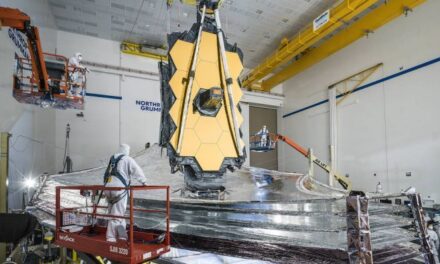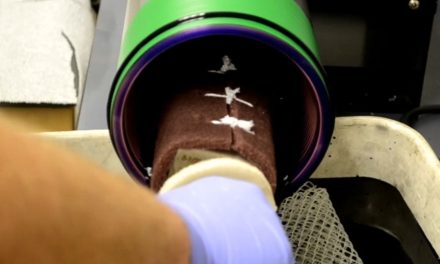
Gaining rapid and accurate measurements has been a problem for designers and engineers over many decades, and this is exacerbated when the areas that need to be measured or digitised are shiny or reflective. Often, this task also needs to be carried out quickly and accurately. In the aerospace sector, even smaller aircraft have surface areas of several hundred square feet or more, and the tiniest fault or imperfection at any stage of the engineering process can cause significant performance issues down the line.
So how can aerospace manufacturers needing to rapidly reverse engineer components, or even whole aircraft, be sure not just that their prototype meets CAD parameters, but that the final manufactured version meets those same stringent tolerances?
Co-ordinate measuring machines are not an option here because while they are highly accurate at measuring a few points, time simply does not permit the measurements of enough points to gain a truly accurate representation of the whole surface. Laser scanners, meanwhile, have problems coping with reflective surfaces and can only measure a relatively small ‘stripe’.
This was the issue facing Targett Aviation when designing the Rebel Electric Racer, a single-seater, electrically powered aircraft designed for the fast-growing sport of air racing. It has a wingspan of around 20ft.
Roger Targett explained: “Air racing is rapidly growing in popularity and of course with electric aircraft there is none of the risk associated with using flammable fossil fuels. The focus when designing the aircraft is very much on speed rather then endurance with a maximum flight time of up to 20 minutes.”
The company initially created a lifesize ‘proof of concept’ model to secure investment. The next phase was to gain an accurate representation of the entire aircraft for virtual testing and finite element analysis (FEA) on CAD with the aim of optimising the aerodynamic design of the final aircraft.
The company contacted white light scanning specialists Phase Vision whose Quartz range of scanners acquire millions of points to create a highly detailed point cloud in just a few seconds – even when contending with large and reflective surface areas.
Two Phase Vision experts scanned the entire aircraft within a few hours – a total of some 250 scans which have since been ‘patched’ and surfaced ready for the FEA stage. Even after data reduction, some 250M measurements were available in this detailed model.
A Quartz 1200DBE was used to scan the wings and fuselage. This scanner is capable of a very large measurement volume – up to 8m3 can be scanned in a few seconds, which was ideal for the large areas of the aircraft; while the smaller details were scanned using a Quartz 800DBE, which filled in the detailed areas at very much higher resolution.
Once the design is optimised through CFD and FEA, the CAD equipment will be used to drive a five-axis router which will create the moulds from which the final aircraft will be manufactured – true reverse engineering. A full working prototype will then be created.
Targett added: “We were highly impressed by the speed and accuracy of the measurements taken by the Phase Vision team. Without this equipment there is no way that such a detailed virtual representation would have been delivered within the required timeframe. We can now forge ahead with the virtual testing confident that what we are working on is a faithful reproduction of the ‘proof of concept’ model.”


